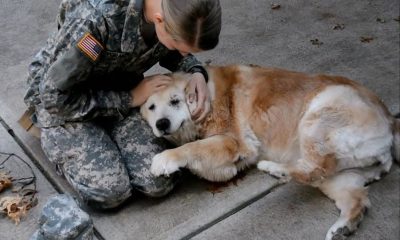Dogs
Raw Dog Food vs. Commercial Dog Food: Which Is Better for Your Canine?
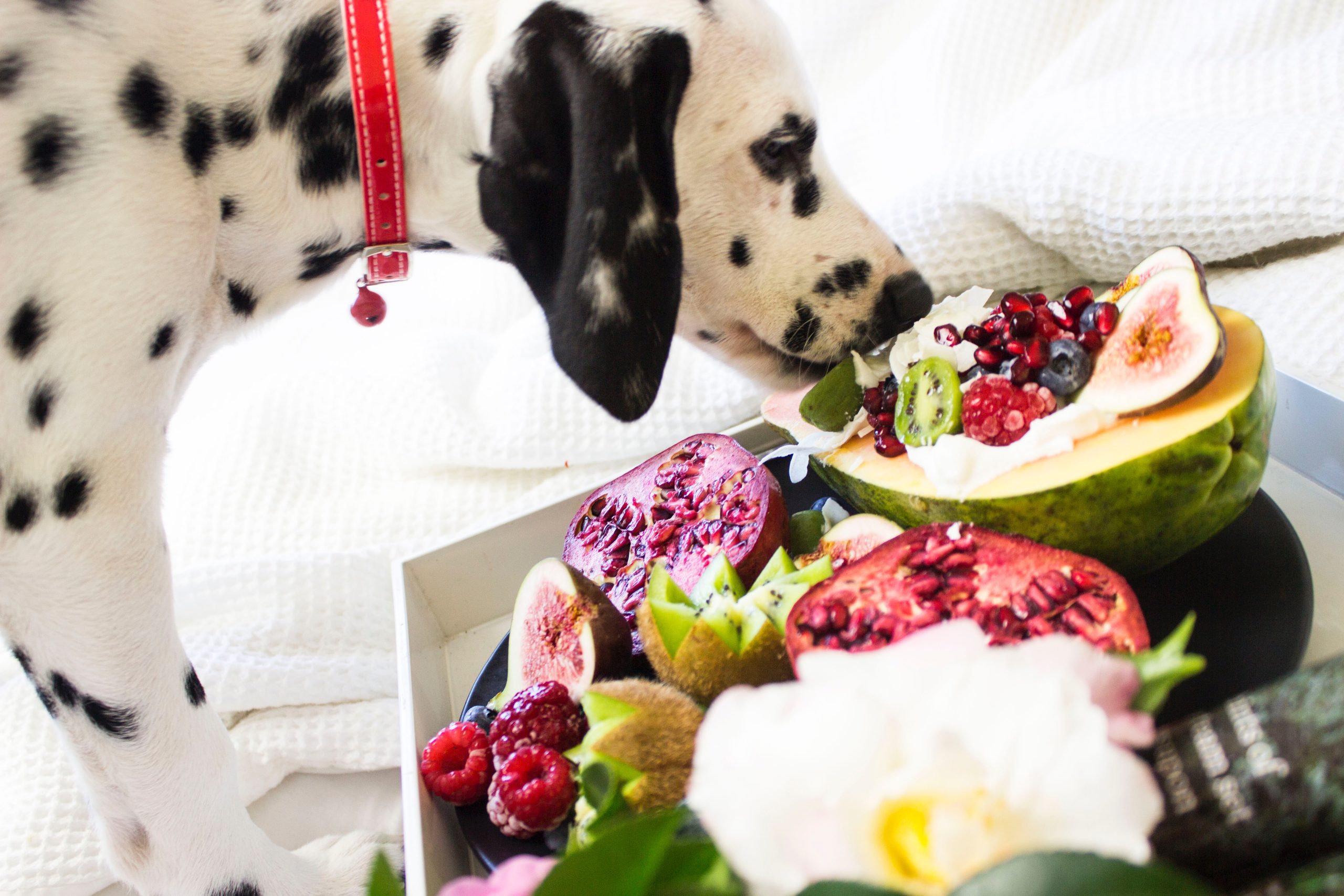
When it comes to choosing the best food for your dog, it can be a difficult decision. With so many options available, it can be overwhelming to determine which food is the healthiest choice for your canine companion. In this blog post, we will explore the pros and cons of both raw and commercial dog food, to help you decide which type of food is best for your dog.
The Benefits of a Raw Dog Food Diet
Raw dog food is an increasingly popular choice for pet owners looking to provide their canine companions with the most nutritious diet possible. Unlike commercial dog food, which is cooked and highly processed, raw dog food is made from unprocessed ingredients such as muscle meat, organ meats, bones, vegetables, fruits, and other wholesome ingredients. This type of diet is also known as a BARF (Biologically Appropriate Raw Food) or Prey Model Raw diet.
There are many benefits to feeding your canine companion a raw diet. First and foremost, it’s much closer to their natural diet. For example, in the wild, canines would typically consume a variety of foods that include raw muscle meat, organs, bones, vegetables, fruits, and insects. This type of diet provides a well-rounded source of nutrients that are beneficial for canines.
Additionally, raw diets are generally more nutrient-dense than cooked and processed commercial dog foods. The vitamins, minerals, enzymes, and amino acids found in raw ingredients are not destroyed during the cooking process like they are in commercial foods. This means that feeding your canine raw food will provide them with more nutrition than feeding them processed food.
Finally, feeding a raw diet is less expensive than buying commercial dog food. Since the ingredients are unprocessed and come straight from the butcher or grocery store, you’ll save money on the cost of pet food. Furthermore, because these ingredients are free of preservatives, fillers, and artificial flavors and colors, you won’t be paying for unnecessary additives.
The Risks of a Commercial Dog Food Diet
When it comes to feeding your canine, the risks of a commercial dog food diet should not be overlooked. Most commercial dog foods are highly processed and contain preservatives, fillers, and artificial colors and flavors, all of which can hurt your pet’s health.
These additives are known to cause allergies, digestive issues, skin problems, and even cancer. Additionally, many commercial dog foods use inferior ingredients such as by-products and fillers which may contain harmful bacteria that can lead to gastrointestinal problems. These inferior ingredients are often linked to weight gain, as they contain little to no nutrition and are filled with unhealthy fats.
It’s also important to note that most commercial dog foods contain synthetic vitamins and minerals, which may not be as beneficial for your canine as natural sources. In addition, some brands contain potentially dangerous substances like pesticides, hormones, and antibiotics which can be harmful if ingested over a long period.
Ultimately, it’s up to you to decide whether a commercial dog food diet is right for your pet. It is important to research each brand carefully to make an informed decision. If you’re looking for a healthier alternative, you may want to consider switching to a raw dog food diet.
The Bottom Line
When it comes to deciding between raw dog food and commercial dog food, it’s important to consider the pros and cons of each. Raw dog food has its advantages, such as being more natural and providing more nutrition than commercial dog food. However, it also carries a higher risk of containing bacteria or other contaminants that could potentially be harmful to your canine. On the other hand, commercial dog food is more convenient and carries a lower risk of contamination, but it also contains many artificial ingredients and preservatives that can be detrimental to your pet’s health. Ultimately, you should weigh the benefits and risks of each diet carefully before making a decision.
Read Also :
The 8 Dog Nutrition Tips You Must Know
Food Poison in Dogs symptoms
Dogs
Everything You Need to Know About Neutering for Pets
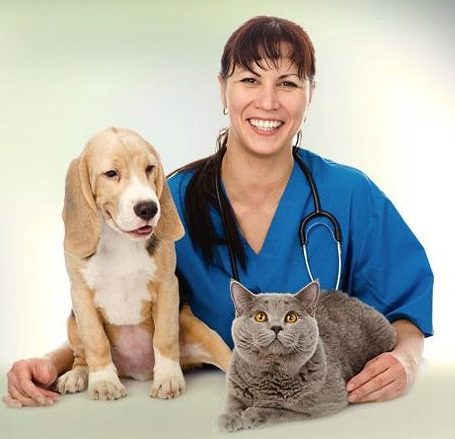
Lo
Neutering for pets is a common procedure that is important for the long-term health and well-being of your furry friend. Neutering involves surgically removing either the testes or the ovaries and uterus of an animal, usually a dog or cat. There are many benefits to neutering your pet, such as reducing their risk of cancer, controlling their behavior, and preventing unwanted litters. It is recommended that pet neutering be done at a young age, but it can be performed at any time. In this blog post, we will provide all the information you need to know about neutering for pets, including when it should be done and the potential risks involved.
Dogs
What to Do With Your Dog’s Body After Death: A Guide for Pet Owners
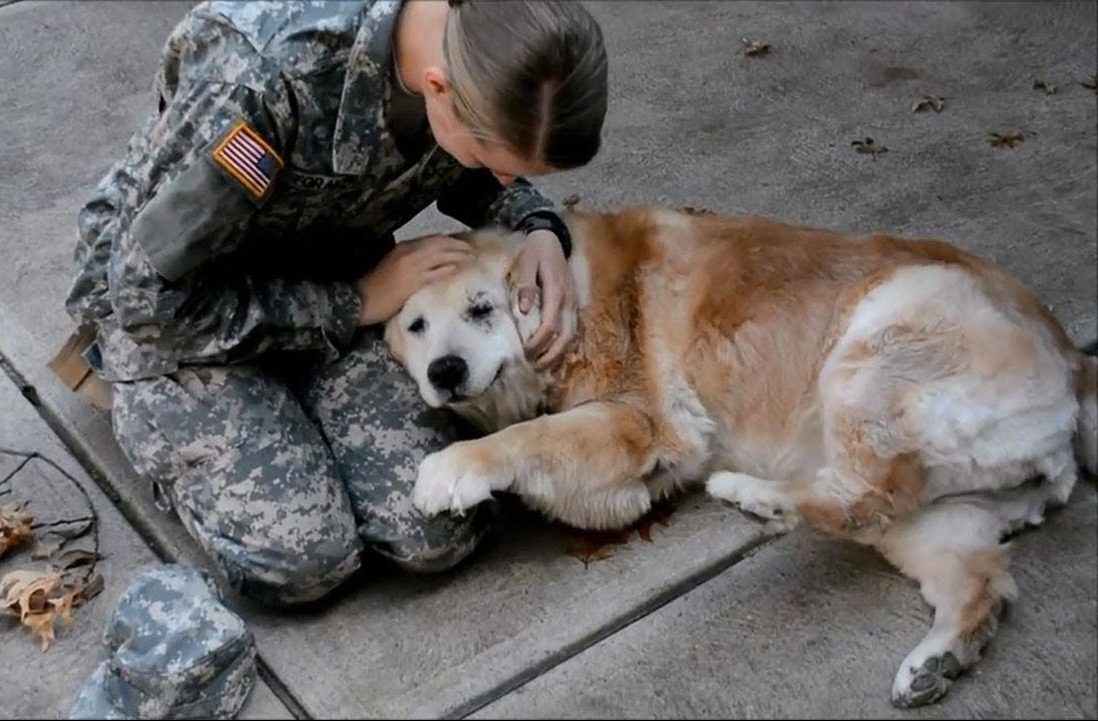
My dog died, and I’m not sure what to do with their body. It’s a heartbreaking moment for any pet owner, and the uncertainty of what to do can make it even more difficult. In this blog post, I’ll provide a comprehensive guide for pet owners on what to do with their dog’s body after death. We’ll cover everything from burial and cremation to taxidermy and memorializing your beloved pet. No matter what you decide to do, I hope this article will help you in this tough time and provide you with the resources you need to properly honor your pet’s life.
Dogs
Keep your distance: signs that you should keep away from your furry friend
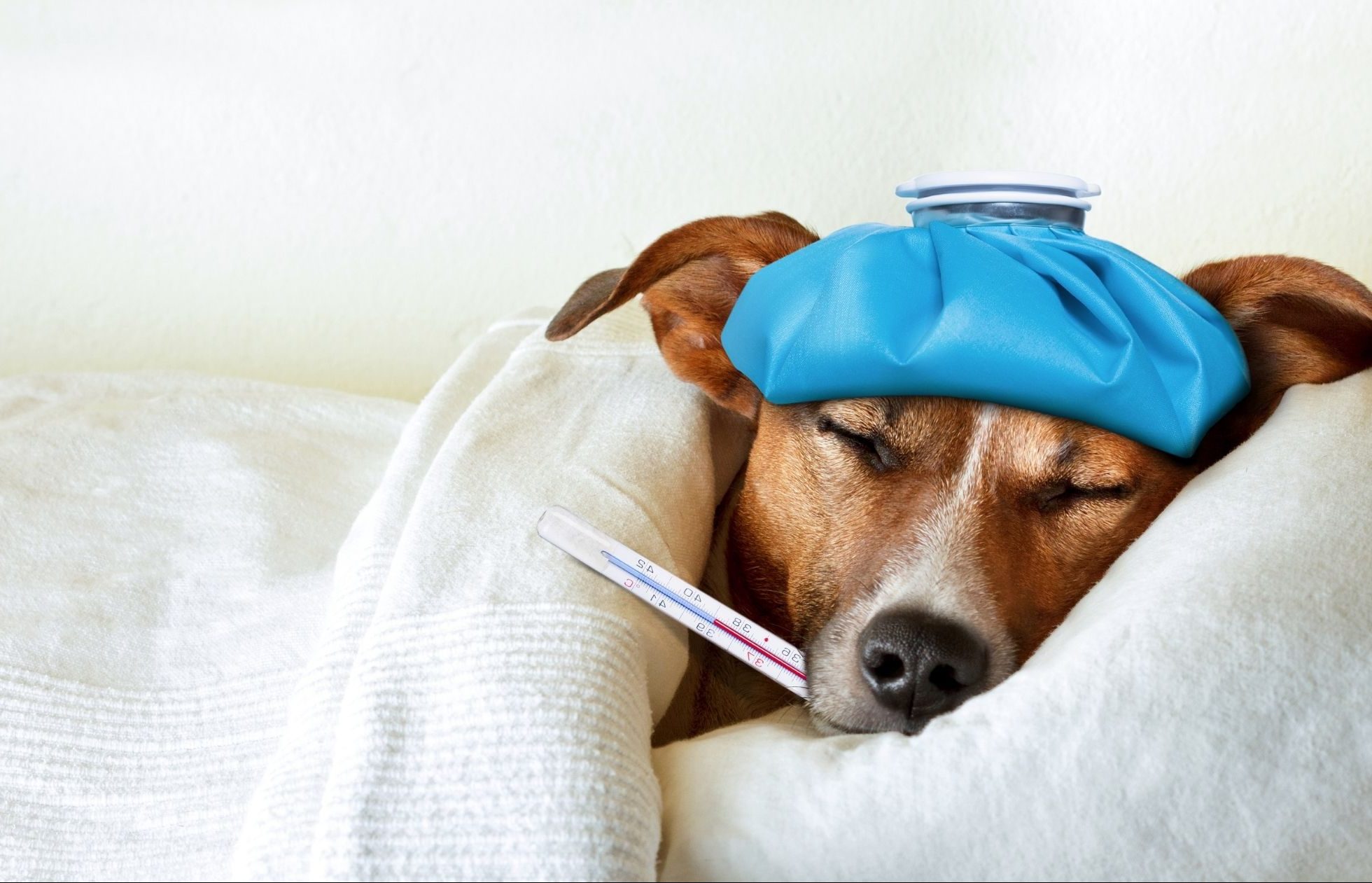
When your pet displays certain symptoms, it is important to stay away to protect yourself and your pet. If you observe any of the following pet symptoms, it’s best to keep your distance until the issue has been addressed: lethargy, vomiting, diarrhea, excessive scratching or licking, shaking or trembling, sudden changes in appetite, coughing, sneezing, or discharge from the eyes or nose. Taking steps to stay away from your pet during these times will help to ensure the safety of both you and your furry friend.
Coughing and sneezing
Coughing and sneezing are common symptoms that our pets may experience from time to time. Just like us, they can catch colds or suffer from allergies, leading to these respiratory issues. While coughing and sneezing can be relatively harmless, it’s still important to take precautions to protect both you and your furry friend.
When your pet starts coughing or sneezing, keeping your distance is best. This is especially true if they have any other symptoms such as discharge from their nose or eyes, difficulty breathing, or lethargy. Coughing and sneezing can be signs of more serious underlying conditions such as respiratory infections or allergies. In some cases, they may even be contagious to humans, so it’s crucial to avoid close contact until you can consult a veterinarian.
Remember to provide a comfortable and clean environment for your pet to help alleviate their symptoms. Keep an eye out for any changes in their condition, and if their coughing or sneezing worsens or persists, make sure to seek professional help. Taking these precautions will help ensure the well-being of your pet and minimize any potential risks to yourself.
Trending

 Cats12 months ago
Cats12 months agoDon’t Feed Your Cat These 8 Foods!

 Cats8 months ago
Cats8 months agoWhy Do Cats Spray and How Can You Stop Them? Insights into Urine Spraying in Male Cats

 Dogs2 years ago
Dogs2 years agoSo You’re Thinking About Getting a Poodle

 Birds1 year ago
Birds1 year agoThe Perfect Blend for Your Birds: Birds and Blend

 Horses1 year ago
Horses1 year agoDon’t Go Horse Shopping Without Checking This Dressage Horse Shopping Checklist First!

 Cats7 months ago
Cats7 months agoPre-Vaccination Prep: Getting Your Cat Ready

 Cats7 months ago
Cats7 months agoThe Ins and Outs of Cat Sterilization: Removing the Female’s Ovaries

 Dogs7 months ago
Dogs7 months agoWhat to Do With Your Dog’s Body After Death: A Guide for Pet Owners
















